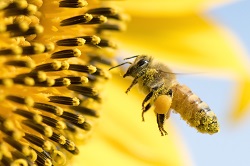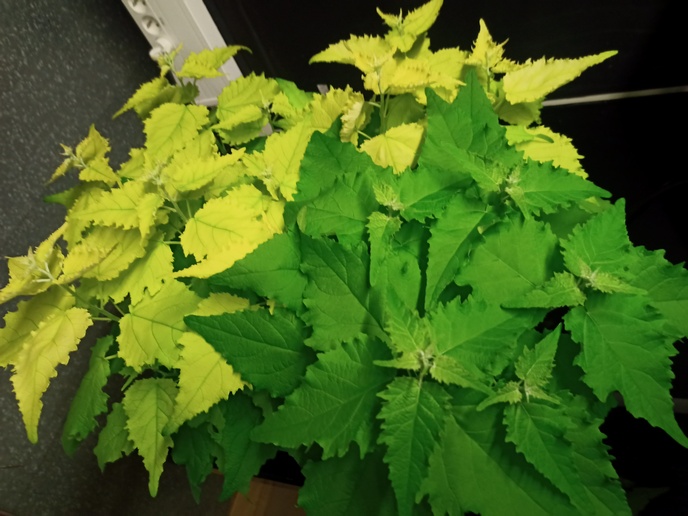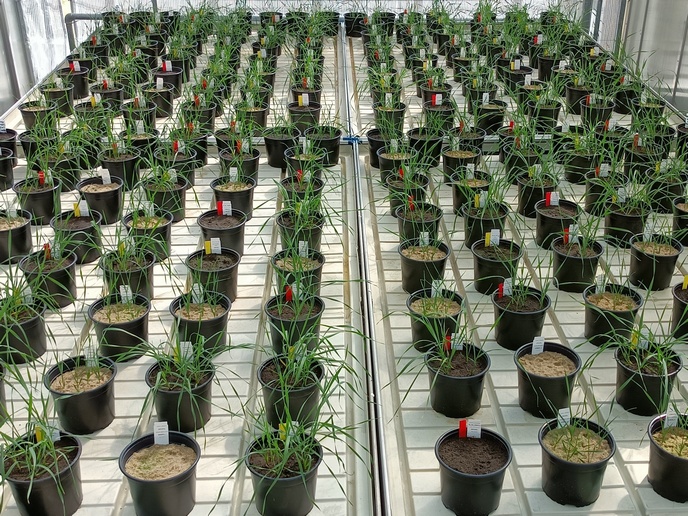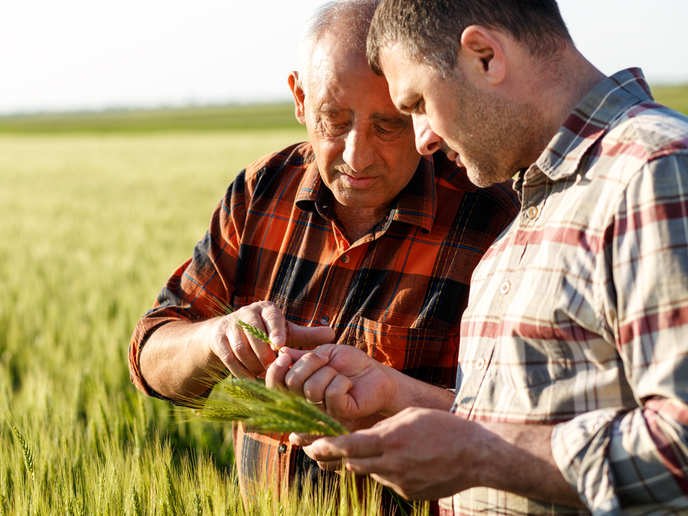Innovative pollination research promises an agri-boost
Looking, smelling and tasting good is important for plants. It’s what allows them to become pollinated by insects or small animals, transferring pollen from flower to flower. But what are the biological processes within plants that create these signals for pollinators? Marie Skłodowska-Curie Fellow, Dr Monica Borghi, then at Wageningen University in the Netherlands, undertook a study looking at the development of these traits. ‘Plants lure animal pollinators with a range of products produced in flowers, such as scented and coloured molecules to attract pollinators as well as nectar as food. We wanted to better understand how the production of these features in flowers contributes to successful pollination of crops.’ explains Borghi. Pollination contributes to more than $200 billion of agricultural revenue globally and to higher yields and better quality fruits and vegetables. The process of pollination allows plants to be fertilized and while crops such as wheat, maize, and rice self-pollinate, many agricultural crops, including strawberries, apples, pears, onions, melons and coffee, need the assistance of animals. So understanding the cues that attract and sustain pollinating animals is important and could lead to new bio-based procedures being developed to increase yields and quality. Borghi, working in the plant biology lab of Harro Bouwmeester was looking into the Arabidopsis plant to study the chemical compounds, or metabolites that plants produce and release from flowers. This includes nectar and pollen, which are made of sugars and proteins and other biological molecules that produce scent ad colour. ’Arabidopsis is a plant of the cabbage family. In this family pollination is important for seed production. This includes rapeseed and also in many vegetable brassica’s such as cabbages,’ says Borghi. The genome of Arabidopsis was sequenced in 2001 and a large database of information on the plants’ genes already exists that make it useful to identify the genes that regulate plants production of fragrance, colour and nectar. In the two year project, completed in June, Borghi extracted the chemicals responsible for colour and scent and the sugars and proteins present in nectar, from frozen flowers. These were analyzed via a variety of chromatography and spectrometry techniques. She then tried to correlate this data with genetic information. ‘We are trying to work out which genes control the production of pollinator signals in flowers,’ Borghi explains. To assess if a particular attribute made a flower more or less attractive to animals for pollination, Borghi experimented with hoverflies. She did this using ‘knock-out Arabidopsis’ - plants breed with disrupted genes to stop the production of some of the metabolites that produce colour, scent and nectar in flowers. ‘For these experiments we allowed the flies to choose between the wild-type plant and each plant with a disrupted gene and recorded their preferences. Our preliminary results show that the flies were able to discriminate and quickly learn to visit the plants that offer the most abundant rewards, for example more nectar.’ says Borghi. ‘We have generated a large amount of data on gene expression and metabolite composition during flower development and now hope to generate and validate new hypotheses about how plants are able to regulate the production of scent, colour and nectar,’ says Borghi. The project is currently being continued at the Max Planck Institute for Molecular Plant Physiology in Potsdam-Golm, Germany.







